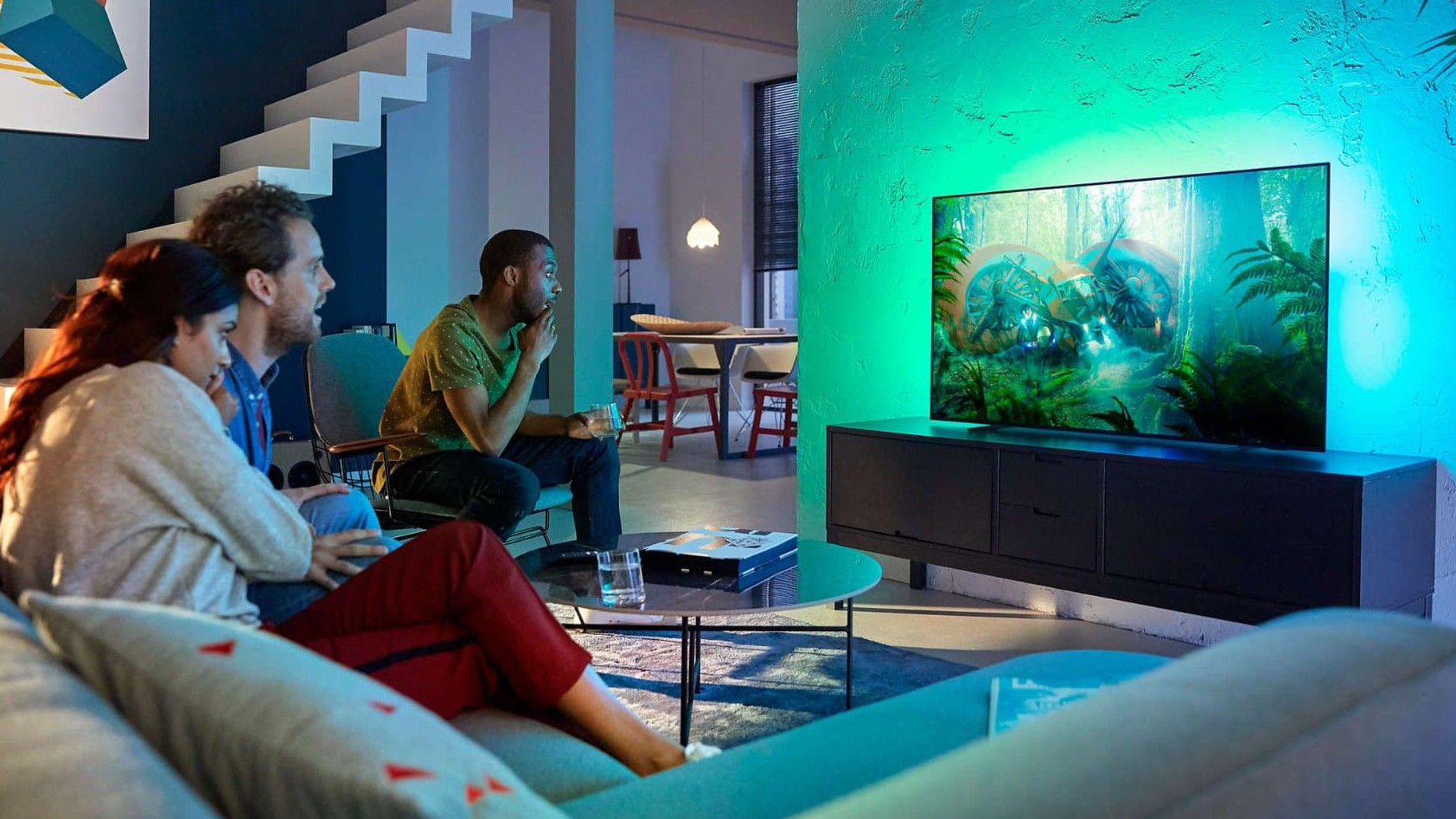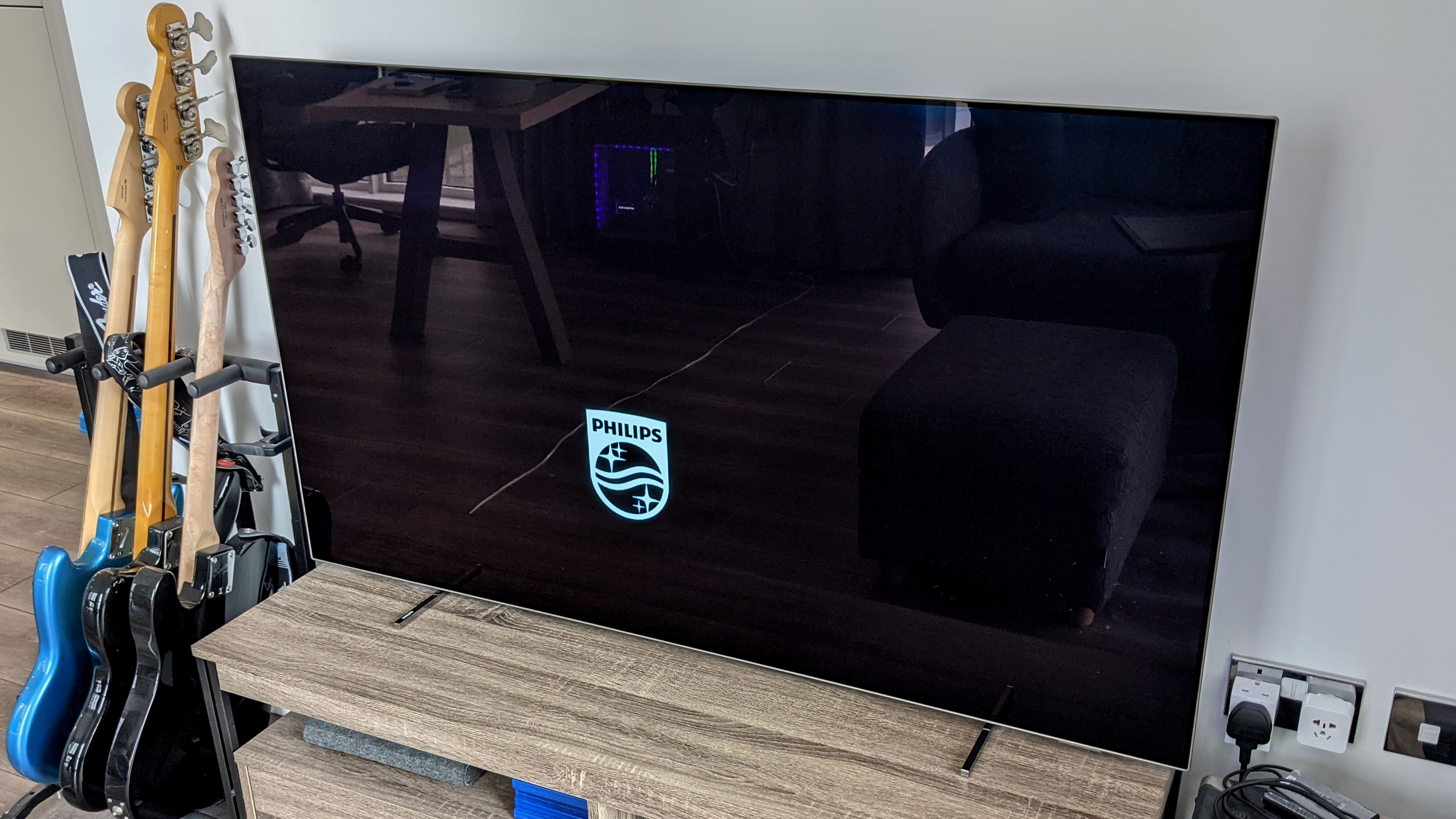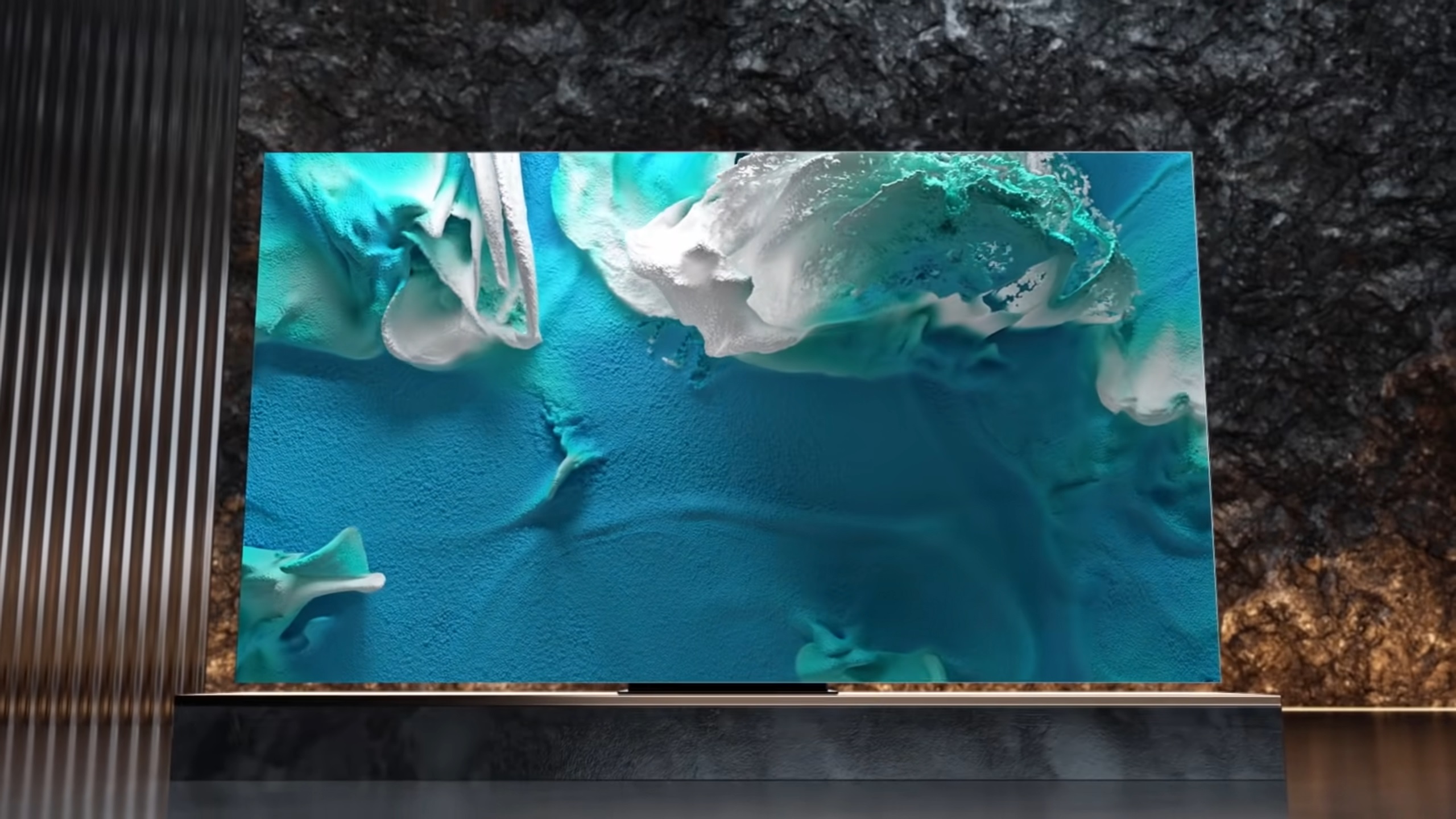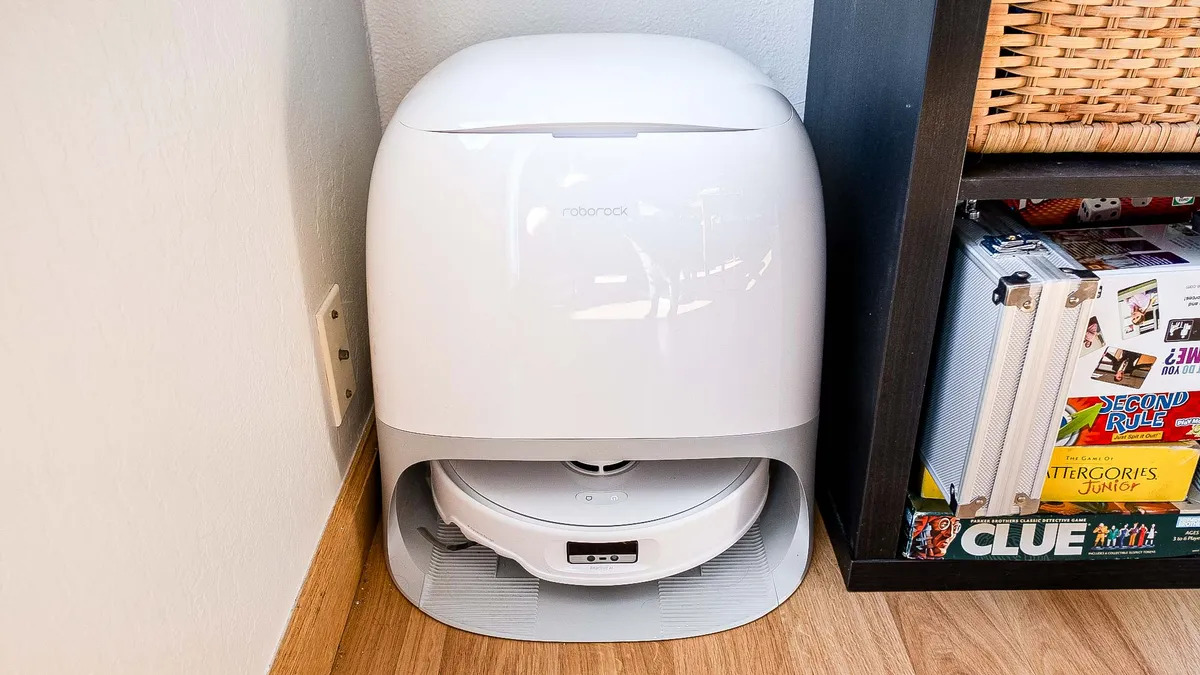My OLED TV is making me want a MicroLED screen now — here’s why
I’ve had my fill of OLED TV maintenance. Bring on the MicroLED TVs

Sometimes I love my OLED TV. Besides looking good and having unusually decent speakers, it’s a Philips 55OLED754 model with Ambilight, so often I can leave an 11-hour YouTube video playing in the background to turn the whole thing into a de facto, guiltily inefficient lamp.
Other times, I hate it. No other piece of technology I own is so high-maintenance, so eager to interrupt my enjoyment of it with whining pop-ups — and I have a Windows PC. Its self-assertive upkeep regimen has become so aggravating that I’m now eagerly awaiting the arrival of MicroLED screens that would let me ditch overbearing OLED tech for good.
- The best TVs you can buy right now
- PS5 review six months later — what it's like for the lucky few
- Plus: How to watch Eurovision 2021 online from anywhere on Earth
The underlying problem is for all of OLED panels’ deep blacks and vibrant colors, they can be prone to burn-in: when a static image stays on-screen long enough to permanently sear itself into a phantom background image. By admission of TV makers like LG it’s actually rare for normal TV usage to cause such drastic damage, but regardless, OLED TVs like mine will include an allegedly helpful set of tools to prevent burn-in.
However, with the knowledge that I’m not doing anything that would even moderately risk unwanted image retention, these protective measures have found a new career as pointless interruptions. The less frequent but most intrusive of these is the refresh feature, which every few days will slap a gigantic grey notification over whatever I’m watching to demand I turn it off.
I can see how the idea is to give the panel’s tiny LEDs a rest, but this already happens every time I put the TV in standby mode. So the requirement of an additional deep refresh — which can take over an hour — feels like little more than disruptive busywork.
Burned out
Philips’ other anti-burn-in measure is a screensaver that pops up after a couple of minutes of inactivity. That doesn’t sound so bad, and if I’ve got a show or movie paused anyway, it’s all much of a muchness. The issue is that my 55OLED754 disagrees with me quite fundamentally on what counts as inactivity.

It’s particularly temperamental when using external source devices. I’ll confess to spending the odd hour in a spine-ruining sofa slouch, scrolling my phone’s YouTube app for something enjoyably dumb to put up on the big screen. But if I’ve already paired my phone and I take too long to decide, the screensaver pops up, and refuses to budge even if I then start a video. Said video will then continue playing, with sound but no visible picture, as I scramble around for the remote: the only reliable tool for dismissing the screensaver.
Get instant access to breaking news, the hottest reviews, great deals and helpful tips.
It’s even worse when I use Miracast to duplicate my laptop screen on the TV. I’d say there’s only about a 50:50 chance of the 55OLED754 actually deeming Miracast a valid image source, as on the occasions it does not, that screensaver — that infernal, meddling screensaver — will just keep popping up. No matter what video is playing un-paused, and no matter how many times I banish it with the remote. Philips’ screensaver doesn’t even offer the mild entertainment value of sometimes popping the logo perfectly into a corner, and there’s no way to disable it in the settings.
Save me, MicroLED
I can believe — and definitely hope — that not all OLED TVs are as cranky and demanding about burn-in risk as mine is. And LG’s most recent models use a clever pixel-shifting technique to detect static images and spread the load between pixels, reducing wear. But I don’t have any of those TVs in my living room, and rather than risk a mere sidegrade I’m going to hold out for MicroLED TVs to go mainstream.

The microscopic diodes that make up a MicroLED screen promise higher peak brightness than current OLED screens, can match the latter’s ability to create perfect blacks by turning off individual pixels, and most importantly, are not susceptible to burn-in. At least not in theory: because MicroLED uses separate LEDs for reds, blues and greens, the degradation that can lead to burn-in should be slow enough to become a non-issue.
Of course I’m not concerned about burn-in itself, but if there’s risk, then there’s no reason for manufacturers to yoke their TVs to an array of obstructive, overly cautious countermeasures.
The catch? I’ll be waiting a while, potentially years, for this brand-new tech to become affordable. One of the few confirmed first-gen models is a 110-inch Samsung MicroLED TV, which is priced at the equivalent of $156,000 — or about 156 times what I paid for my irritating OLED. A 76-inch model is also coming, but even an optimistic estimate would surely put this in the high 5-figure range.
So, OLED, it looks like I’m stuck with you for now. But be warned: the moment MicroLED no longer requires the salary of an ambiguously murderous oligarch, you and your screensaver are out of here.
- More: MicroLED vs. Mini-LED: Which TV tech will win?

James is currently Hardware Editor at Rock Paper Shotgun, but before that was Audio Editor at Tom’s Guide, where he covered headphones, speakers, soundbars and anything else that intentionally makes noise. A PC enthusiast, he also wrote computing and gaming news for TG, usually relating to how hard it is to find graphics card stock.
